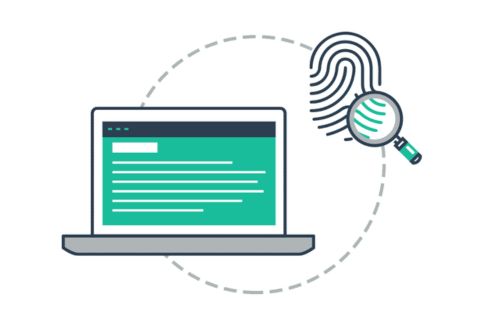Can Incognito Mode Truly Prevent Browser Fingerprinting?
In the modern digital world, user privacy protection has become a growing concern. Many users opt for incognito mode while browsing to protect their online privacy. But does incognito mode really prevent browser fingerprinting?
Incognito mode, also known as private mode, is a feature provided by browsers designed to avoid saving browsing history, cookies, form data, and other information. When running in this mode, the browser creates a temporary session that is isolated from the main session and user data. Browsing history is not saved, and any local data related to the session, like cookies, is cleared once the session is closed. While this is an excellent way to protect privacy on the local browser side, its primary function is limited to preventing local data storage.
However, incognito mode does not fully protect a user’s online privacy. Although it doesn’t save local browsing history, user activities on the internet can still be tracked. This is because incognito mode does not hide the user’s IP address nor encrypt communication with websites. Moreover, many websites and service providers use more advanced techniques to identify users, one of which is browser fingerprinting.
What is Browser Fingerprinting?
Browser fingerprinting is a method that identifies users by collecting and analyzing browser characteristics. These characteristics include browser type and version, operating system, installed plugins, timezone settings, screen resolution, fonts, etc. The combination of these attributes creates a unique identifier for each user, making it possible to identify and track them even in incognito mode.
The Risks of Browser Fingerprinting
The widespread use of browser fingerprinting has made user behavior on the web more transparent. With this information, websites and third parties can infer the user’s real identity, track their online movements, and potentially engage in fraudulent activities. Regardless of whether incognito mode is enabled, this identification technique remains effective.
To better protect online privacy, users should consider additional measures beyond incognito mode. For example, using a VPN or proxy service to hide their real IP address, installing privacy protection plugins to block tracking scripts, or using fingerprint browsers for enhanced privacy protection.
CtrlFire: An Effective Anti-Detection Browser
CtrlFire offers an effective solution for safeguarding multiple platform accounts, focusing on multi-account management for business automation and rapid growth. It protects global social media and cross-border e-commerce accounts from detection and bans. By simulating different browser environments, CtrlFire reduces the risk of being identified, thus offering better protection for user privacy and security.
While incognito mode can protect local data to some extent, it falls short in combating browser fingerprinting. To truly safeguard online privacy, users need to combine various tools and strategies rather than relying solely on incognito mode. Choosing a fingerprint browser can provide more comprehensive privacy protection, ensuring users can navigate the online world freely.
Download now to get 15 free windows for life, supporting multi-account browsing across all platforms, plus anti-ban and anti-linking features!






